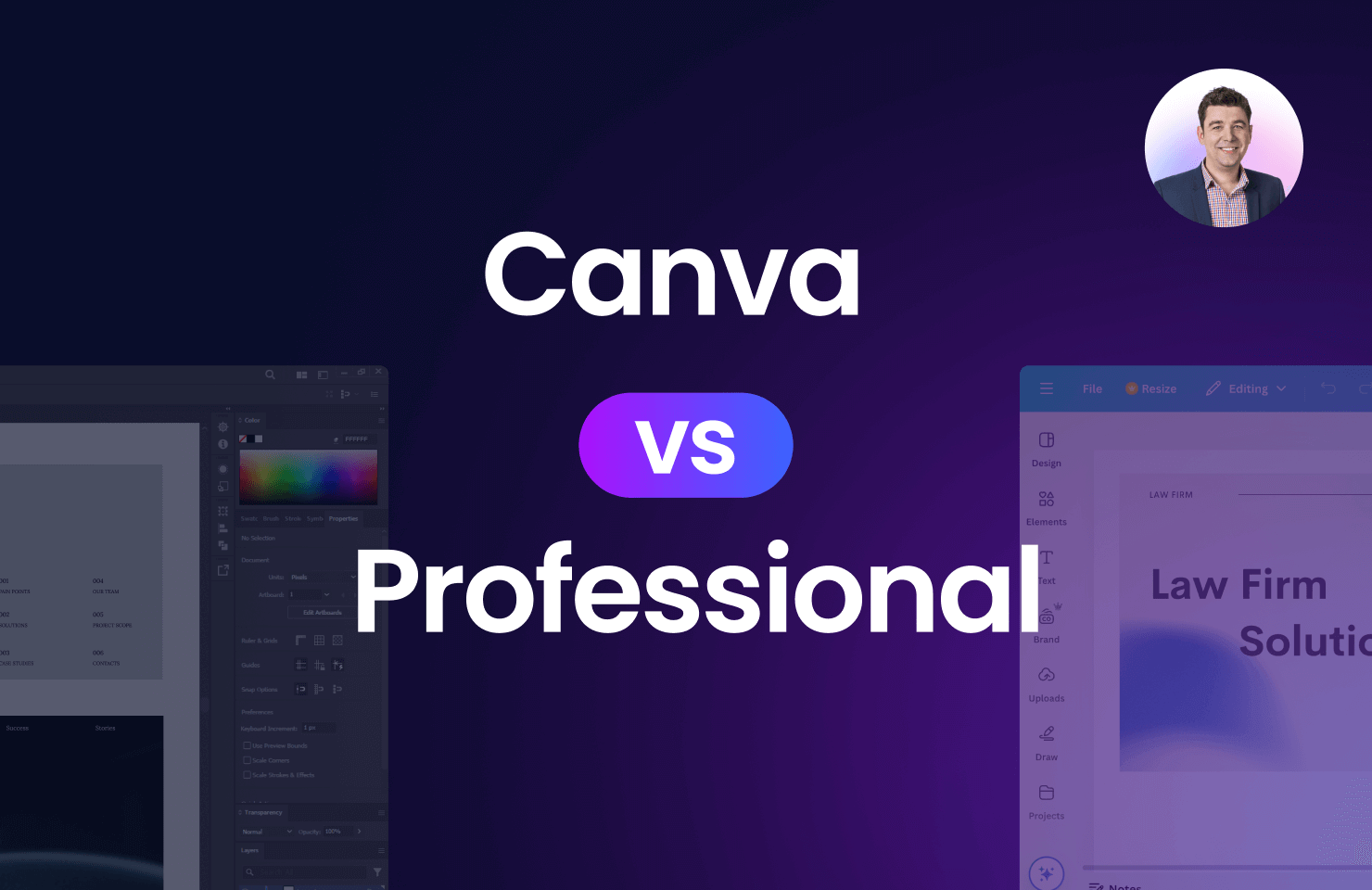This hesitation is a common dilemma for many lawyers. You’ve secured a significant win, demonstrated your expertise in a complex area of law, and naturally want to showcase this success. Yet there’s that hesitation—how do you request a case study without appearing self-serving or risking the client relationship you’ve carefully built?
Case studies are powerful marketing tools for law firms. They transform abstract services into tangible examples of your expertise and provide social proof that builds trust with prospective clients. The good news is that requesting them doesn’t have to feel awkward or intrusive. When approached correctly, case studies can benefit your firm and your client.
Strike While the Iron Is Hot
Timing is everything when requesting a case study. The ideal moment is when the matter has just concluded successfully, and your client is still basking in the positive outcome.
At this point:
- The details are fresh in everyone’s mind
- The emotional high of success creates a positive atmosphere for your request
- Your client is most likely to recognise the value you’ve provided
How to Approach Your Client
Deciding how to make your request depends on your relationship with the client. While email might seem less intrusive, a phone call or video meeting often works better for case study requests because it allows you to:
- Gauge reactions in real-time
- Address concerns immediately
- Convey your enthusiasm for their success
- Explain the process more thoroughly
Whatever method you choose, don’t blindside your client. Schedule a specific time for the conversation and give them a brief heads-up about what you’d like to discuss. A simple message like, “I’d love to chat briefly about possibly featuring your recent success in some of our marketing materials at your convenience” sets the right expectation.
The 4-Tier Approach to Case Study Requests
Not all case studies need to be comprehensive feature pieces. Consider offering options that vary in depth and visibility to match your client’s comfort level:
Tier 1: Feature Pieces and Video Case Studies
The most comprehensive option involves publishing a detailed account on your website, with accompanying video interviews. This approach works best for clients who:
- Are particularly proud of the outcome
- Have a strong relationship with your firm
- See the value in being publicly associated with the success
- Work in sectors where thought leadership is valued
Tier 2: Written Case Studies for BD Materials
A written case study for your business development materials (proposals, capability statements, pitch decks) offers visibility with a more controlled distribution:
- Less public than a website feature
- It still provides detailed insights into your work
- Can be targeted to specific prospective clients
- Offers flexibility in how the information is presented
Tier 3: Profile Page Highlights
A brief mention or bullet point on your profile page provides recognition without extensive detail:
- Minimal time investment for the client
- A simple overview of the matter and outcome
- Demonstrates experience in specific areas
- Easy to approve due to limited scope
Tier 4: General Reference
The most discreet option involves a general reference to the type of matter without specific details:
- “Successfully represented software companies in intellectual property disputes”
- No identifying information
- Provides credibility while maintaining confidentiality
- Requires minimal or no approval process
Present these options as a menu rather than pushing for the most comprehensive version. This approach respects your client’s preferences while still achieving your marketing goals.
Framing Your Request for Success
The way you frame your case study request significantly impacts the likelihood of approval. The most crucial mindset shift is to stop thinking of it as asking for a favour and start presenting it as an opportunity for your client.
Make It About Their Success
Frame the case study to showcase your client’s strategic decision-making and success. Emphasise how the case study will:
- Highlight their business acumen
- Demonstrate their ability to navigate complex challenges
- Position them as leaders in their industry
- Showcase their victory against formidable opponents
The Importance of Asking: "Does This Make Them Look Good?"
Before making your request, consider whether the case would be something your client would want to share with their network. Successful case studies typically involve:
- Wins against larger competitors
- Victories against government entities
- Novel legal approaches or precedent-setting outcomes
- Strategic business decisions that paid off
Disputes between individuals or situations that might reflect poorly on any party (even the winning side) may not be appropriate for case studies.
Offering Anonymisation
Always mention that anonymisation is an option. This provides an important safety net for clients who:
- Are concerned about confidentiality
- Don’t want to appear litigious
- Prefer to keep certain business matters private
- Work in sensitive industries
Showing Examples
- Visualise the end product
- Understand the tone and approach
- Feel more comfortable with the process
- See the benefits of participation
Setting Clear Expectations
Transparency about the process helps clients feel secure in agreeing to your request:
Guarantee Full Review Rights
This is non-negotiable: clients must have final approval on all content before publication. Explicitly state that:
- They will review the draft before anything is published
- Their feedback will be incorporated
- Nothing will be published without their express approval
- Any promotional materials (social media, emails) will also require approval
Be Upfront About Time Commitments
Respect your client’s time by being clear about what you’ll need from them:
- Specify the length of any interviews (typically 15-30 minutes)
- Outline how many rounds of review you anticipate
- Provide a timeline for the entire process
- Mention whether you’ll need any additional materials
Common Scenarios and Solutions
Handling Hesitant Clients
If a client seems reluctant, consider:
- Offering a more limited option from your tier system
- Suggesting they review it with their marketing team
- Providing additional examples of successful case studies
- Revisiting the conversation at a later date
Adapting for Different Practice Areas
Different practice areas require different approaches:
- Corporate transactions may focus on business outcomes
- Litigation might emphasise strategy and precedent
- Advisory work could highlight risk mitigation
- Regulatory matters may focus on compliance achievements
Tips for Sensitive or Confidential Matters
For cases involving sensitive information:
- Focus on legal principles rather than specific facts
- Remove identifying details while preserving the storyline
- Consider using percentages rather than actual figures
- Emphasise the approach rather than specific outcomes
Transform Client Victories into Marketing Assets
Requesting case studies doesn’t have to be awkward or intrusive. By approaching the conversation with the right mindset, offering appropriate options, and ensuring clients maintain control over their story, you can create marketing assets that benefit both your firm and your clients.
Remember that at its core, a case study is simply a way to document and share success. When framed correctly, most clients are happy to participate—they’re proud of what they’ve achieved and appreciate the opportunity to showcase their success.
Once you’ve secured agreement, move quickly to maintain momentum. Draft the case study while the matter is still fresh, be responsive to feedback, and ensure the final product reflects well on all parties involved.
By following these approaches, you’ll build a library of case studies that demonstrate your expertise, build trust with prospective clients, and showcase the real-world impact of your legal services.
Join Our Community of Growth-Focused Legal Leaders
Found this helpful? Join our weekly live Q&A sessions where we answer questions like this from law firm leaders.
Subscribe to our email list to:
- Get invites to our live Q&A training sessions
- Submit your questions for upcoming sessions
- Access our full archive of answers
Have a specific question? Submit to paul.evans@pillarscroll.com

Paul Evans is a legal marketing expert with extensive experience helping lawyers build their practices.



